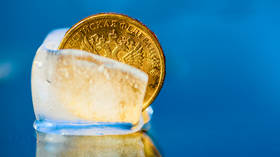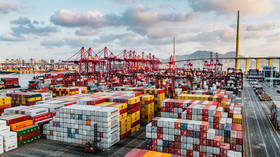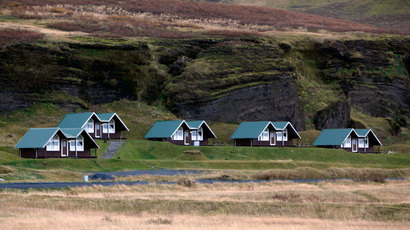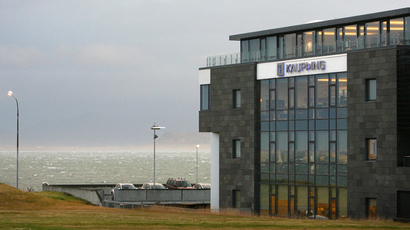Strategic failure: Iceland allowed 2008 bank collapses to support households
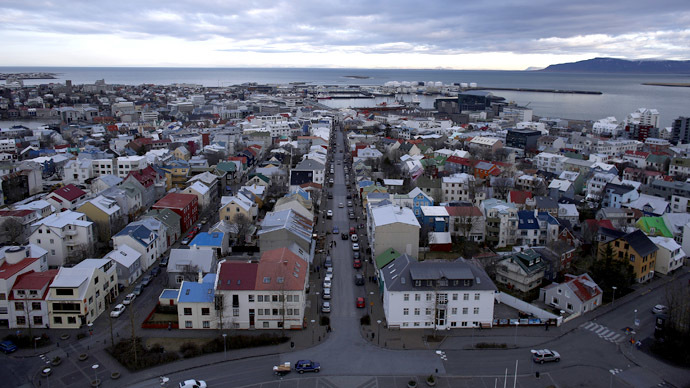
Iceland is the land of active volcanoes and unexpected decisions. During the crisis in 2008 the government let its banks collapse instead of bailing them out, as they proved too big to save. The next challenge is to bring unemployment rate to 2 percent.
Iceland, whose stock market after the 2008 financial crisis
plunged 90 percent while unemployment rose ninefold, has chosen a
risky crisis-management policy as a way-out. After shrinking by
over 10 percent during 2009-2010, Iceland's GDP began to recover.
During the worst financial crisis in six decades, successive
Icelandic governments forced banks to write off mortgage debts to
help households, and while the euro area struggles with record
unemployment rate (with over 25 percent in Greece and Spain),
Iceland has a reason to celebrate, with joblessness in December
as low as 4.5 percent, according to Statistics Iceland. The
number of persons in the labor force in the fourth quarter last
year was 184,600, which corresponds to an activity rate of 80.7
percent.
The prime minister recently announced that the next big challenge
for the small island nation with the population of 325,620 is to
see unemployment going to under 2 percent, because, as Sigmundur
D. Gunnlaugsson told Bloomberg in January, "Icelanders aren’t
accustomed to unemployment.”
At 85 percent, Iceland's labor-market is the highest in Europe
and one of the highest in the world. In December alone, 172 new
private limited companies were registered in the island, compared
with 147 in December 2012. The largest number of new
registrations was in financial and insurance activities. In 2013,
1,938 new private limited companies were registered, which is a
10.6 percent increase compared with 2012.
On January 24, Standard & Poor's Ratings Services revised the
outlook on Iceland to stable from negative. S&P estimated
that Iceland's proposed mortgage debt relief program will have a
cumulative fiscal cost of about 6 percent of GDP over the next
four years. It is expected that the government will finance the
program through increased taxation and not higher deficits. High
external debt burdens remain key ratings constraints, however.
"Although Iceland's economy was able to adjust after the
crisis through currency depreciation and private sector defaults,
a nonresident holding of ISK-denominated assets presented a large
overhang to the currency markets. The Central Bank of Iceland
addressed this through foreign exchange controls implemented in
2008. Its plans to lift the controls have been hampered by the
country's shallow domestic capital markets and the significant
risks of capital flight," S&P said in a statement,
adding that the need for continued foreign exchange controls is a
credit weakness for the sovereign ratings on Iceland.
Iceland’s inflation has mostly come via the exchange rate
protected by capital controls. Over the past 12 months, the krona
has appreciated about 10 percent against the euro.
"Although we’re spending more on welfare matters today than
before, we have to keep in mind that purchasing power has gone
down since 2008," a sociology professor at the University of
Iceland, Stefan Olafsson, told Bloomberg.
Despite overwhelming criticism from international financial
institutions, Iceland’s government (formed after the April 2013
election) announced in November that it will be writing off up to
24,000 euro ($32,600) of every household’s mortgage, fulfilling
its election promise. The government said the debt relief will be
spread out over four years and will begin by mid-2014; and the
prime minister has promised that public finances will not be put
at risk.
According to estimates, the measure is set to cost $1.2 billion
in total, reduced by 13 percent on average. The design of the
measures could result in foreign creditors of the defaulted
Icelandic banks bearing around three quarters of the cost of the
household debt forgiveness, however. The International Monetary
Fund (IMF) said Iceland has "little fiscal space for
additional household debt relief," while the Organization
for Economic Cooperation and Development (OECD) stated that the
island should limit its mortgage relief to low-income households.
Iceland's financial sector has been restructured since the bank
defaults of 2008. In what became the biggest penalty for a
financial scandal in Iceland's history, four former bosses from
the failed Kaupthing Bank were sentenced to between three and
five years in prison in December, and must pay millions of pounds
in legal costs. They were convicted of fraud ahead of the
collapse of the country's biggest bank in October 2008. The
bankers were accused of concealing an investor from Qatar, which
bought a 5.1 percent equity stake in Kaupthing, with the money
illegally provided as a loan from the bank itself.
In 2008, Kaupthing and other Icelandic banks, such as Landsbanki
and Glitnir, were on the brink of collapse and had borrowed funds
on the money markets to provide credit to customers. The amount
borrowed was more than six times Iceland's gross domestic
product. Kaupthing collapsed in 2008 under the weight of huge
debts.





